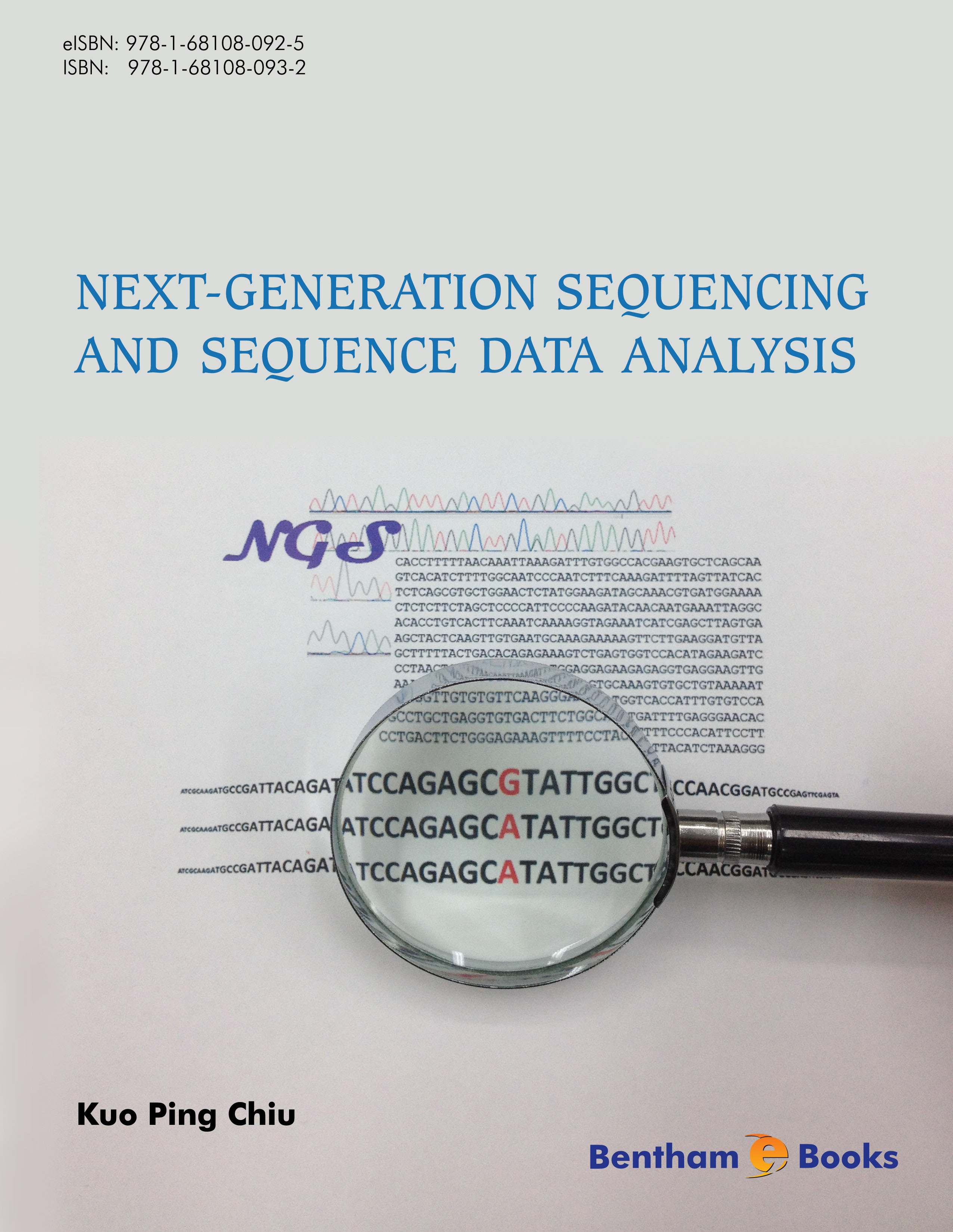Many biological fields, including genetics, immunology, genomics, and epigenomics, can be
readily integrated with bioinformatics and sequencing. In fact, sequencing is becoming an
indispensable tool for biological and medical investigations, especially for the study of
cancer, genetics, epigenetics, immunology, and developmental biology. Foreseeing the
potential applications of sequencing technologies, we have initiated a sequence data analysis
course at the Institute of Zoology, National Taiwan University to introduce sequencing
technologies, genomics, epigenomics, bioinformatics, and biotechnologies to graduate and
undergraduate students. At the same time, I started organizing the teaching materials to
compose this book. Most of the materials were derived from my research at Academia Sinica
and my teaching at National Taiwan University (NTU), National Central University (NCU),
and National Yang Ming University (NYMU). Additionally, there are some from my previous
work in the United States and Singapore.
Besides college students, this book is also written for people who already have some
biological background, or with an interest in knowing more about DNA sequencing and its
applications. With this effort, we hope to help develop sequence-associated knowledge among
people from all walks of life, including researchers, professionals, and amateurs working in
biology-related or -unrelated fields, with or without an ambition to apply sequencing
technologies to biological or medical investigations. Extracting biological meaning from large
quantities of sequence data is an art. We intend to help readers appreciate the various types of
sequencing technologies, and learn how to use sequencing technologies to unravel the
mystery of the biological system.
Sequence data analysis is not only an art, but also a tool to help researchers develop a
constructive philosophy. When a diploma is awarded to a candidate, it may be treated by the
recipient as a degree which can then help the graduate to find a better job, or achieve a higher
social status. Some recipients may take it more seriously and use it for further, and possibly
more advanced, studies. Similarly, sequence data analysis can be treated as either a course to
be accomplished in class, or, alternatively, a process which will be a guide to the further
understanding of the life of nanoscopic molecules within a cell. We gain many more
experiences through the years of working in a lab, and, with those proficiencies, we build our
philosophy. Sequencing and sequence data analysis can help us make sense of the activities
which take place on a daily basis in the molecular world of our bodies, even though these
activities are impalpable to the naked eye. Being able to “see” things that cannot “normally”
be seen can help us build a philosophy, in which we travel between the macroscopic and
molecular worlds.
A sincere attitude towards sequence data analysis is essential. Since omics sequence datasets
are normally at large volumes, these data cannot be handled by traditional means, but by computer programs. Frequently we find bugs in computer programs which may produce
erroneous or misleading results. A bug is a bug. No matter whether it is big or small, it has to
be removed, so as to obtain the real molecular status of interest. Moreover, the author would
like to emphasize the importance of practical exercise. Students are strongly encouraged to
personally construct sequencing libraries, run sequencing, and analyze sequence libraries or
related libraries whenever possible.
Although this book carries a mission, readers can treat it either as a novel, or a science fiction
story. The development of sequencing technologies per se is science fiction, isn’t it? With
limitations in man power and time, the contents of this edition may not be able to completely
satisfy serious readers. Your opinions and suggestions are warmly welcomed!
Kuo Ping Chiu, Ph.D.
Genomics Research Center, Academia Sinica
National Taiwan University
National Central University
Taiwan

